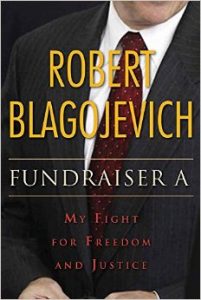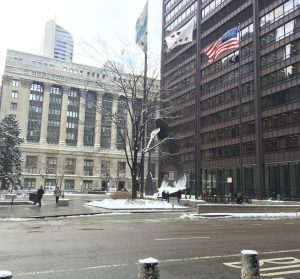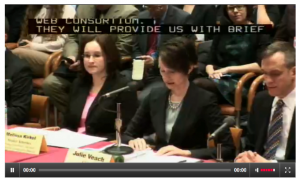Post-Lollapalooza restoration costs at Grant Park will be about 35 percent of its cost last year, said Bob O’ Neill, president of Grant Park Conservancy.
Last year, Grant Park’s fields suffered extensive damage from a combination of heavy rainfall and mud-wrestling during Lollapalooza, a three-day music festival that attracted nearly 300,000 people this year, said O’Neill. He noted that resodding the fields alone cost about $1 million.
But O’Neill expects this year’s costs to be about $350,000 after completing an assessment of the 120-acre park on Aug. 10. Also participating in the two-hour walk around the park were representatives from the Chicago Park District, Christy Webber Landscapes and C3 Presents, the event’s promoters. The Austin, Texas-based concert promoter will be paying all restoration costs.
Restoration began Aug. 14 in Butler Field, located at the north end of Grant Park, according to a press release issued last week by the Chicago Park District. The work will span over the next seven to 10 days in affected areas, also stated in the press release. O’Neill said last year’s work was not completed until about mid-October.
Charlie Jones, partner of C3 Presents, said in the press release that the company took “several preventative steps” to avoid damaging delicate areas of the park. O’Neill said the group added double fencing around plants in Hutchinson Field, located south of Balbo Drive and east of Columbus Drive as protection to greenery.
The park district received about a dozen complaints concerning Lollapalooza cleanup last year, said Jessica Maxey-Faulkner, director of communications for the Chicago Park District. She said no complaints have been received to date about this year’s aftermath. But some residents may have other concerns outside of restoration, such as noise.
Richard Ward, president of New Eastside Association of Residents (NEAR), said he and members of his organization feel a personal connection to Grant Park. NEAR represents residents that live just north of the public park, and some people consider it as their “front yard,” including Ward.
“[Grant Park] is a mess, but not as big of a mess as it was last year,” Ward said.
In fact, Ward said last year’s cleanup made the park look “gorgeous.” His key concern with Lollapalooza is less with restoration and more based on the noise-level, especially the thumping of the bass.
Ward said the noise level is so uncomfortable, it drives some residents that NEAR represents to leave the city during Lollapalooza.
“I escaped,” he said. “I was in Halifax, Nova Scotia.”
Ward said he has asked members of the Chicago Park District at least twice to require lower noise levels, but he has not noticed a change.
“What I’m most disappointed in is the park district,” Ward said. “For them to assure me that they were going to monitor the noise levels…I graciously thanked them, but I knew they weren’t going to do it.”
Ward said the festival could be held at an alternative location such as Northerly Island, a 90-acre field off the lakeshore, near the Adler Planetarium.
“If your mom and dad didn’t let you mess up the front yard, there’s an alternative—the backyard,” Ward said. “That’s Northerly Island.”
But O’Neill said holding the festival at Northerly Island would be “disastrous.” He said the field is too small for a large-scale event such as Lollapalooza. He added that the field is too “natural” with its varied plant life.
O’Neill said the music festival is a “slight burden” on Grant Park’s greenery—a key part of the Grant Park Conservancy’s mission is to maintain its landscape. But he said the advantages outweigh the costs.
“Without Lollapalooza, we wouldn’t have 300,000 people every year visiting Chicago, spending money and promoting Chicago,” he said. “Tourism is good money, and Lollapalooza greatly contributes to it.”
O’Neill added that C3 Presents’ financial support has kept the park updated with fresh plants and light fixtures.
“Grant Park cannot survive without Lollapalooza,” he said.
Related articles



















Be First to Comment